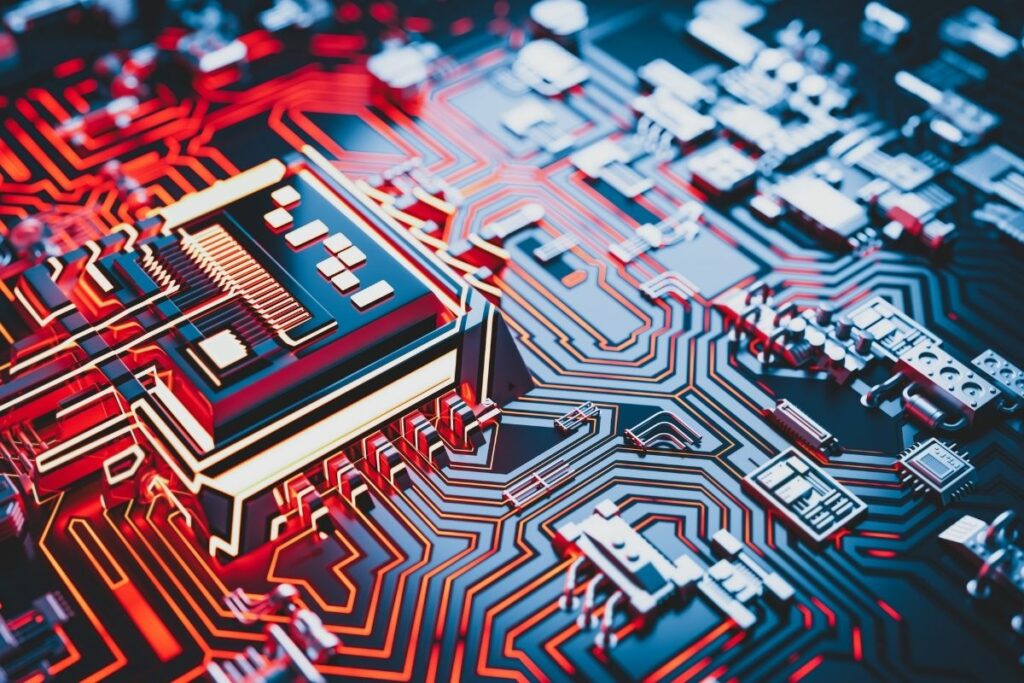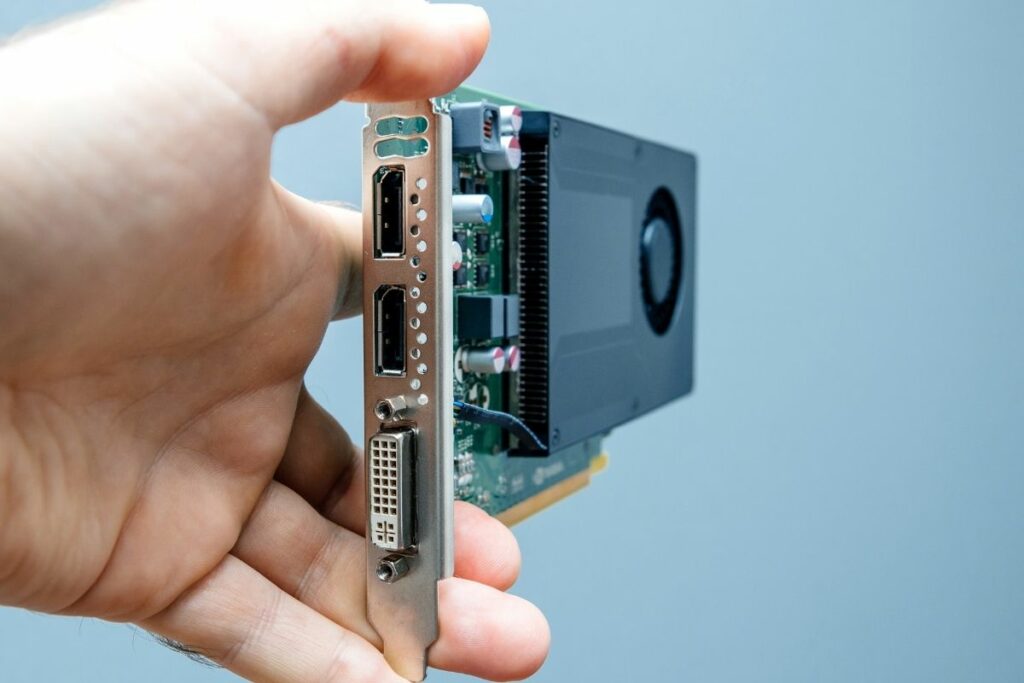Knowing what kind of computer you should buy can be tricky because whether you should get one with a shared graphics card or a dedicated graphics card depends on how you’re going to be using the system.

More recently there’s been another option made available, in the form of computers that have both a dedicated graphics card and shared GPU memory. This is referred to as switchable graphics (or, as some manufacturers call it, APU).
So, what are the advantages and disadvantages of shared GPU memory, and how does it compare to a dedicated graphics card? The following article will break down all you might need to know about shared GPUs.
Traditionally, only lower-end computers would have a shared GPU system. They would allow the computer to bring up things like standard web pages and spreadsheets, but they lacked the power required for graphic design and advanced photo editing software (see also ‘What Is A CTG File?‘).
They tend to produce less heat, though, and allow for longer battery life. Because of this, shared GPU memory was best suited to laptops rather than desktop computers.
Shared GPUs have seen a lot of improvements in recent years, though. Manufacturers of laptops have had to find new ways to enhance the ability of their integrated systems when it comes to graphics.
The main reason this was required is that more and more users are displaying photos, games, and videos with high resolutions.
The main areas in which integrated systems could still use improvements are 2D/3D gaming and video editing.
Dedicated Graphics Cards Explained
A dedicated graphics card holds its video memory or short VRAM and is connected to the mainboard by a PCI-, a PCIe, or in some cases an AGP-port.
The VRAM is the main advantage of a dedicated graphics card, because it allows the system’s RAM to be alleviated, which in turn lets it be used for other programs.

The other advantage of a dedicated graphics card is that the peripheral devices will be clocked far faster, meaning they’re more efficient.
The main contexts in which you’re going to require a dedicated graphics card are for workstations, or in the digital design field. Some applications such as CAD for 3D modeling or Adobe Photoshop for complex photo editing, require an integrated graphics card because they’re so demanding.
Because a system using a dedicated graphics card is capable of far higher performance, it consumes far more power than a system using a shared GPU and produces far more heat. To counter this, a separate fan is required.
To summarize, you’d be fine without a dedicated graphics card if you’re only going to be using standard applications, such as web browsers and Microsoft Office applications.
But if you’re going to be using applications that demand far more power, or if you’re going to be using multiple monitors simultaneously, then an integrated graphics card will be required.
Switchable System (Or APU) Explained
Introduced to the market in the past decade or so, switchable systems can be found in both lower-end and higher-end computers, although they do tend to be pricer than buying either a shared GPU system or buying a dedicated graphics card.
One advantage of a switchable system is better battery life, particularly when applications that demand a lot of power are not in use.
The dedicated graphics card within a switchable system can be turned off when the user doesn’t require it, which means that laptops can have a smaller cooling system but maintain decent battery life, without this coming at the cost of graphics ability.
If your system is using a dedicated graphics card then you shouldn’t have to either increase or decrease the quantity of shared GPU memory. The amount of shared GPU memory on a system is the maximum amount of RAM that can be allocated by the system.
If the VRAM buffer isn’t full, then the operating system isn’t going to be using up any RAM at all. And when the RAM is used, this won’t affect the performance of the system, because frames will start to drop when you fill up your VRAM buffer on the graphics card.
It’s much the same when it comes to integrated graphics cards. The amount of shared GPU memory probably shouldn’t be adjusted in that case, either.
While some experts recommend that users of iGPU should up the amount of dedicated iGPU memory, this isn’t going to affect performance.
There’s a chance that doing so might end up leading to decreased performance.
The reason for this is that both the UMA Frame Buffer Size chipset and DVMT Pre-Allocated chipset BIOS settings dedicate a specific amount of RAM to the GPU, so by increasing said settings, you’re lowering the amount of system RAM available to your computer.
With this in mind, you should probably be keeping the automated BIOS settings, or keeping them as low as they can go.

Final Thoughts
If you’re deciding between a system with shared GPU memory and a dedicated graphics card, the main thing you need to consider is how you’re going to be using the machine.
If you intend to use any applications that are going to demand a lot of power, then a dedicated graphics card (or a switchable system) is the way to go.
But if you’re only going to be juggling a few Google Chrome tabs and not much else, then shared GPU memory will work fine.
In the video below, How To Desktop breaks down the differences between different available types of graphic memory options. Check it out!
